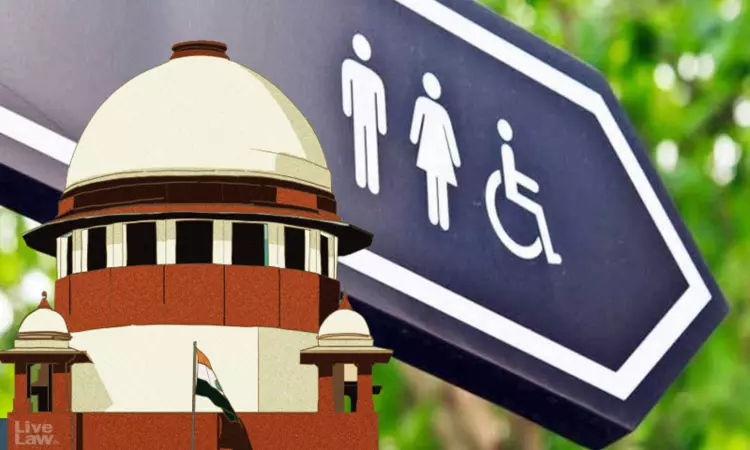The Supreme Court today (July 8) in a significant ruling on the Rights of Persons with Disabilities (PwDs) laid down guidelines for ensuring their sensitive portrayal by Creators on Visual and Electronic Media. The Court also highlighted the difference between 'disability humour' and 'disabling humour' which often gets overlooked by the media creators.The Bench of CJI DY Chandrachud and...

